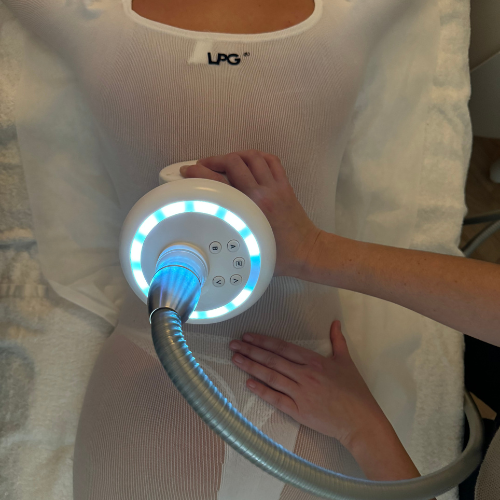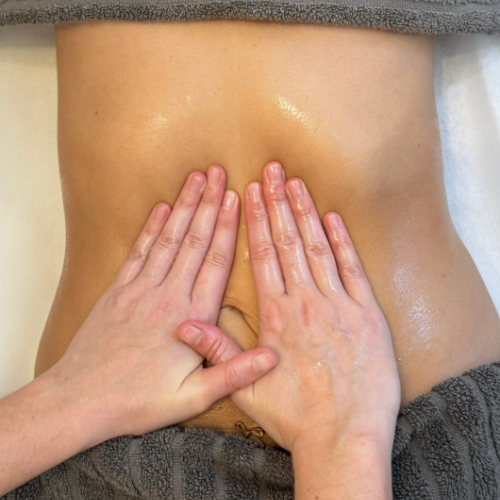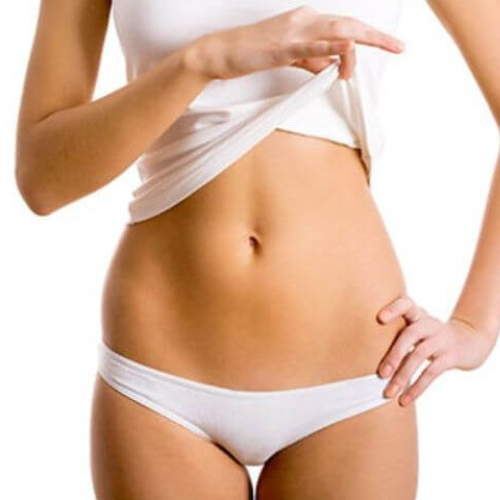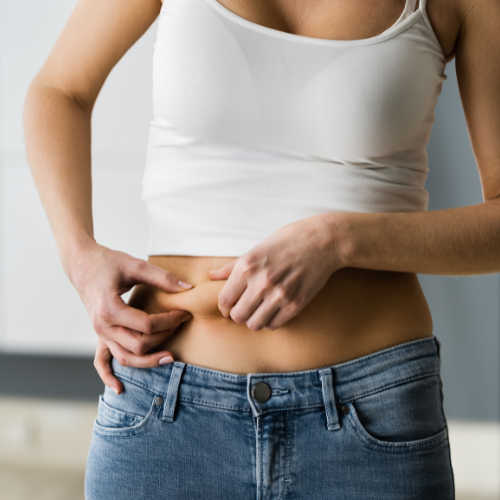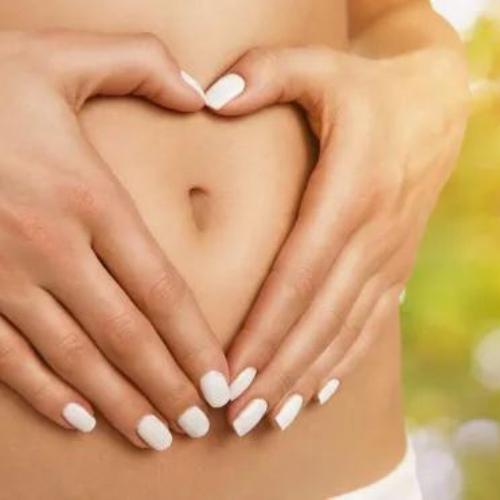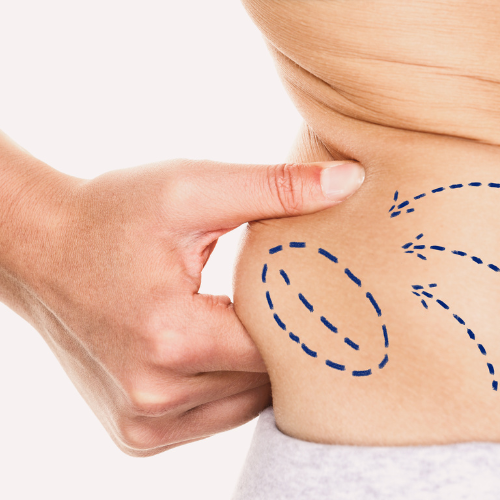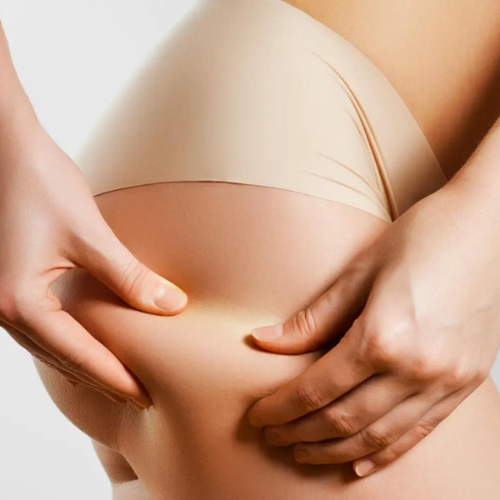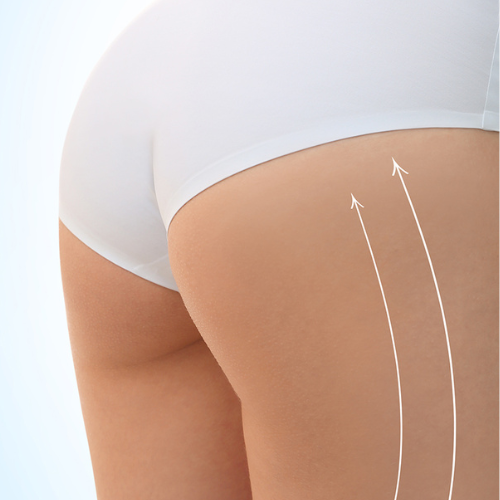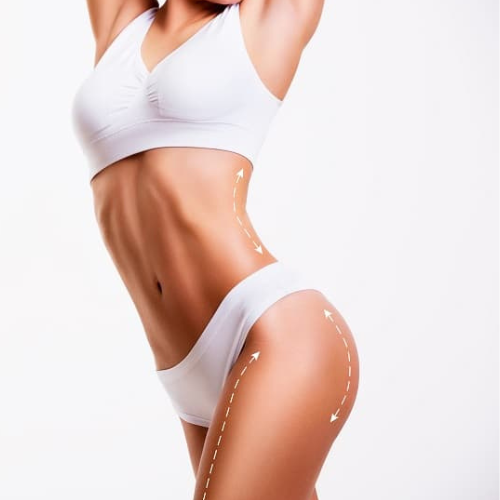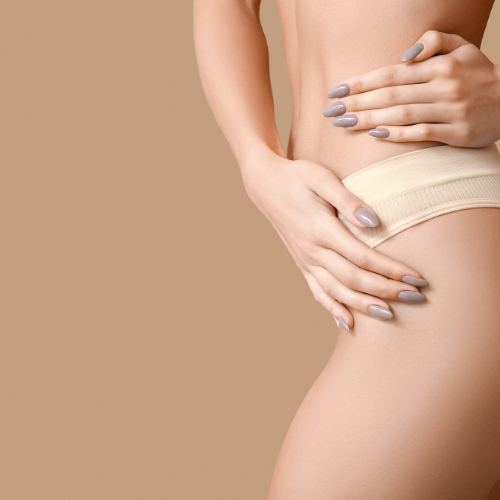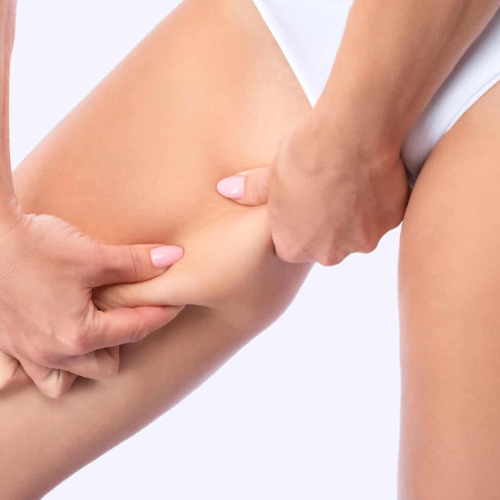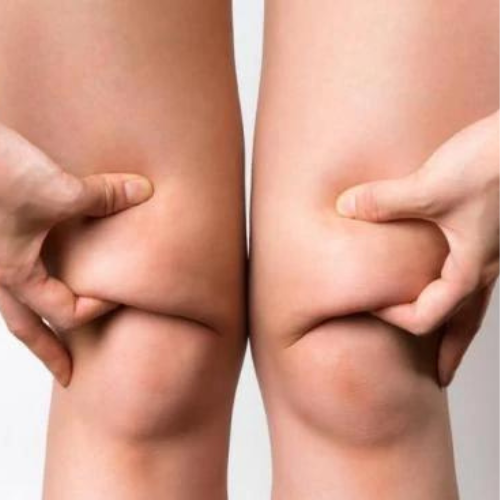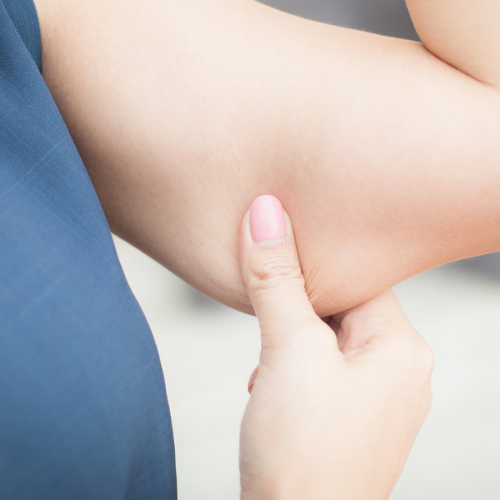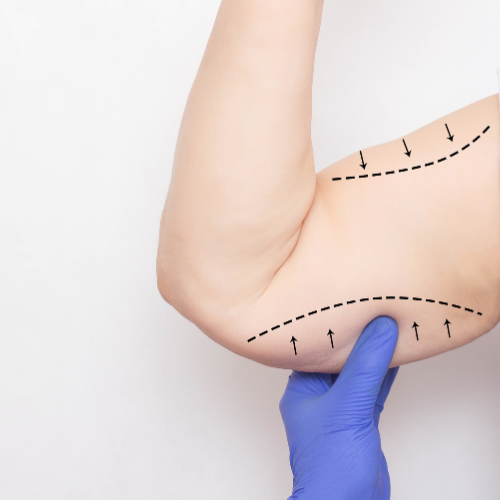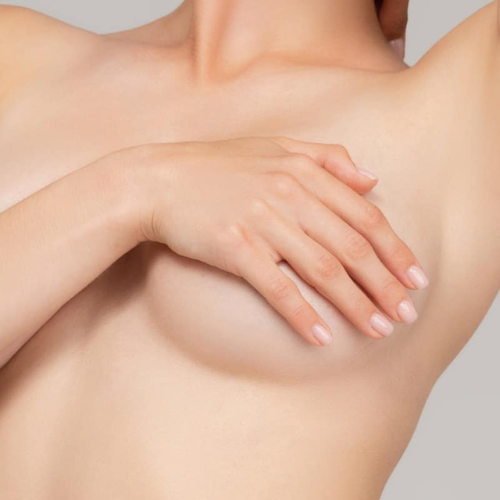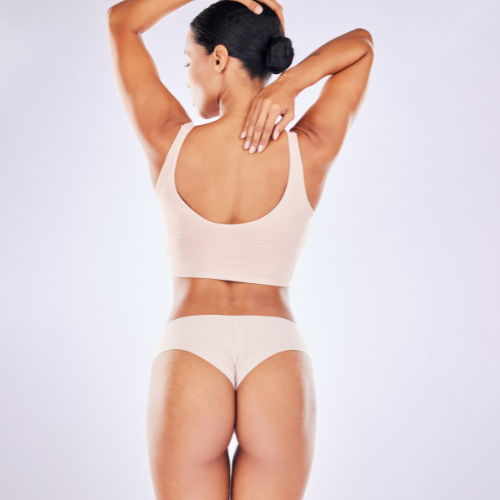SILHOUETTE
Accepting one's body can be a challenge for many people, whether because of physical characteristics perceived as flawed, changes linked to events such as pregnancy, weight loss or gain, or simply because of the natural aging process.
Fortunately, aesthetic medicine, surgery and technological advances now offer a variety of techniques to help individuals improve their bodies and feel better about themselves. Here are just a few of these techniques:
- Cosmetic surgery: Cosmetic surgery encompasses a wide range of procedures designed to improve physical appearance. This can include liposuction to remove excess fat, breast reshaping surgery (augmentation, reduction, lift), abdominal surgery to tighten loose skin, facial surgery to reduce signs of aging, and many others.
- Non-surgical treatments: Many non-surgical treatment options are available to improve body appearance. These can include botulinum toxin (Botox) and hyaluronic acid injections to reduce fine lines and wrinkles, laser treatments to eliminate skin imperfections, skin tightening treatments such as radiofrequency or ultrasound, and cellulite reduction treatments.
- Physical activity and nutrition: In addition to aesthetic treatments, adopting a healthy lifestyle with a balanced diet and regular exercise can also help improve body appearance and self-confidence.
Lose belly
Today, losing belly fat is a major challenge for many people. Whether men or women, we all dream of a harmonious body, especially for summer, when we can put on a pretty bathing suit at the beach.
As a result, surgical and aesthetic techniques for losing tummy fat have become increasingly popular. There are a number of techniques available to help you regain a harmonious figure and get rid of your belly fat.
OUR SOLUTIONS FOR LOSING BELLY FAT
Love handles, also known as "bulges" or "fat flanks", are deposits of fat that form on the sides of the waist and abdomen. They are generally located around the hips and can create a rounded or bulging appearance around the waistline. Love handles may be more pronounced in some people due to genetic factors, body fat accumulation or a sedentary lifestyle.
These fatty deposits can be embarrassing for some people, especially when wearing tight-fitting clothes or swimwear.
To reduce love handles and achieve a flatter abdomen, a healthy lifestyle that includes a balanced diet and regular exercise is recommended. Targeted exercises, such as oblique twists, side planks and core rotation movements, can help strengthen the muscles of the waist and tone the abdominal region.
In some cases, cosmetic medicine or cosmetic surgery procedures, such as liposuction, may be considered to eliminate love handles more directly.
OUR SOLUTIONS FOR GETTING RID OF LOVE HANDLES
Prominent hips refer to an anatomical feature where the hip bones are wider or more protruding than normal, creating a more pronounced hip appearance. This feature may be more apparent in some people due to their natural bone structure, fat distribution or body composition.
In women, prominent hips can be considered aesthetically appealing and are often associated with a classic feminine silhouette. However, in other people, prominent hips can be perceived as undesirable, particularly if they are associated with excess fat or excessive body weight.
It's important to note that hip shape and size are largely influenced by genetic and hormonal factors, and can vary considerably from person to person. Some people may naturally have wider or more prominent hips due to their bone structure or fat distribution, while others may have narrower or less prominent hips.
For those wishing to reduce the appearance of prominent hips, treatment options such as liposuction or cosmetic medicine procedures can be considered to reduce excess fat in the hip area and achieve a more harmonious silhouette.
OUR SOLUTIONS FOR LOSING HIPS
Saddlebags is an informal term used to describe the accumulation of fat and skin that usually forms on the hips, buttocks and thighs, creating an appearance of bulk or fullness in this area. It is characterized by an area of fat localized on the sides and back of the hips, giving the impression of wearing a pair of riding breeches or shorts.
This fat accumulation may be more pronounced in some people due to genetic, hormonal, age, gender and lifestyle factors. It can be particularly persistent and difficult to eliminate, even with regular diet and exercise.
Saddlebags can be a source of discomfort or insecurity for some people, especially when wearing tight-fitting clothing such as jeans or leggings. Although not a serious medical condition, it can be perceived as aesthetically undesirable for some people.
For those wishing to reduce the appearance of saddlebags, treatment options include liposuction, ultrasound treatments or aesthetic massages. These aesthetic medicine procedures can help eliminate excess fat in the hip and thigh area to achieve a more harmonious, toned figure.
OUR SOLUTIONS FOR LOSING SADDLEBAGS
Flat buttocks refer to an anatomical feature where the buttocks have a flat appearance, lacking volume and projection. This condition can be perceived as aesthetically undesirable by some people, as it lacks the curve or fullness usually associated with rounder, more developed buttocks.
Flat buttocks can be caused by several factors, including:
- Genetics: The shape and size of the buttocks can be largely determined by genetic factors. Some people may naturally have flat buttocks due to their genetic inheritance.
- Lack of muscle mass: A lack of muscle development in the buttocks can contribute to the flat appearance of the buttocks. A sedentary lifestyle or lack of exercise can lead to muscle weakness in this area.
- Weight loss: Significant weight loss can lead to a reduction in buttock volume, leaving a flat appearance. This loss of fat volume can be more pronounced in the buttocks, particularly if it is not compensated for by muscle strengthening.
- Age: With aging, skin and muscle tissue can lose elasticity and firmness, which can contribute to a flatter appearance of the buttocks.
- Body composition: The distribution of body fat can vary from person to person, and some people may naturally have less fat in the buttock area, which can contribute to a flatter appearance.
For those wishing to improve the appearance of their flat buttocks, treatment options include targeted muscle strengthening of the buttocks through specific exercises, as well as cosmetic medicine procedures such as fat injections (lipofilling) or buttock implants to add volume and projection.
OUR SOLUTIONS FOR FLAT BUTTOCKS
Losing thighs
Losing thigh fat can be a goal for many people. Here are some tips to help you lose thigh fat:
- Exercise regularly: Cardiovascular exercise such as running, swimming, cycling or dancing can help burn calories and reduce body fat, including thigh fat. Combined with muscle-strengthening exercises targeting the thighs, such as squats, lunges, resistance exercises and weight training, this can help tone and sculpt thigh muscles.
- Adopt a balanced diet: Limit your calorie intake by choosing healthy, nutritious foods, such as fresh fruits and vegetables, lean proteins, whole grains and healthy fats. Avoid processed foods high in added sugars and saturated fats, which can contribute to the accumulation of body fat.
- Portion control: Watch your food portions to avoid consuming more calories than necessary. Eating smaller, more frequent meals can help control hunger and maintain a healthy metabolism.
- Drink enough water: Water helps eliminate toxins, regulate appetite and maintain a healthy metabolism. Make sure you drink enough water throughout the day to stay hydrated and support your weight loss efforts.
- Avoid stress: Stress can contribute to weight gain by increasing the production of cortisol, a hormone that promotes fat storage. Practice stress management techniques such as meditation, yoga, deep breathing or muscle relaxation to reduce your stress levels.
- Get quality sleep: Getting enough quality sleep is important for regulating hunger and satiety hormones, which can have an impact on your appetite and eating habits. Try to get about 7 to 9 hours of sleep a night to support healthy weight management.
OUR SOLUTIONS FOR LOSING THIGHS
LOSE ARMS
Losing arm fat can be a goal for some people. Here are some tips to help you lose fat and tone your arms:
- Targeted exercise: Incorporate arm-specific muscle-strengthening exercises into your workout routine. Exercises such as push-ups, pull-ups, dips, bench presses and triceps extensions can help tone arm muscles and reduce the appearance of fat.
- Cardio: Cardiovascular exercise can help burn calories and reduce body fat, including arm fat. Try activities like running, swimming, cycling or dancing to stimulate overall weight loss.
- Watch your diet: Adopt a balanced, nutritious diet, limiting foods rich in empty calories, added sugars and saturated fats. Instead, opt for foods rich in lean proteins, fiber, fresh fruits and vegetables, and healthy fats.
- Portion control: Watch your food portions to avoid consuming more calories than necessary. Eating smaller, more frequent meals can help control hunger and maintain a healthy metabolism.
- Drink enough water: Make sure you stay hydrated by drinking enough water throughout the day. Water helps eliminate toxins, regulate appetite and maintain a healthy metabolism.
- Avoid stress: Chronic stress can contribute to weight gain by increasing the production of cortisol, a hormone that promotes fat storage. Practice stress management techniques such as meditation, yoga, deep breathing or muscle relaxation to reduce your stress levels.
- Get quality sleep: Getting enough quality sleep is important for regulating hunger and satiety hormones, which can have an impact on your appetite and eating habits. Try to get about 7 to 9 hours of sleep a night to support healthy weight management.
It's important to note that targeted fat loss isn't always possible, and that genetics play a role in the distribution of fat in the body. However, by adopting a healthy lifestyle that includes a balanced diet and regular exercise, you can help reduce overall body fat, including arm fat.
OUR SOLUTIONS FOR LOSING ARMS
After-effects of weight loss refer to residual physical effects or changes in the body that may occur after significant weight loss. When a person loses a significant amount of weight over a relatively short period of time, he or she may experience various bodily changes that persist even after reaching a healthy weight.
These sequelae can vary depending on a number of factors, including the extent of weight loss, how quickly it occurred, the person's genetics and other individual factors. Some of the common sequelae of weight loss include:
- Excess skin: After significant weight loss, the skin may not retract sufficiently to adapt to the body's new shape, leaving an excess of loose, flabby skin, particularly around the abdomen, arms, thighs and buttocks.
- Sagging skin: Although excess skin is not always present, sagging skin can occur after significant weight loss, as the skin can lose its elasticity and firmness, resulting in a flabby or wrinkled appearance.
- Loss of muscle mass: Rapid weight loss can lead to loss of muscle mass, which can contribute to a leaner or less toned appearance.
- Stretch marks: When skin is stretched over a prolonged period, such as during weight gain, it can develop stretch marks. These skin striae can remain visible even after weight loss.
- Body shape deformation: Significant weight loss can alter the shape and proportions of the body, leading to changes in the overall silhouette, including narrower hips or broader shoulders.
In some cases, plastic surgery procedures such as body contouring surgery or skin lifts may be considered to correct these after-effects and improve physical appearance.
OUR SOLUTIONS TO REMEDY THE AFTER-EFFECTS OF WEIGHT LOSS
Localized excess fat refers to an abnormal accumulation of adipose tissue in specific areas of the body, often referred to as "problem zones". These areas can vary from person to person, but the most common places where excess fat is found are generally the abdomen, hips, thighs, buttocks, back, arms and chin.
This accumulation of fat can be due to several factors, including:
- Genetic factors: Some people have a genetic predisposition to store more fat in certain areas of their body, which can lead to localized pockets of fat.
- Hormones: Hormonal fluctuations can influence the distribution of body fat and promote fat storage in certain areas.
- Lifestyle: An unbalanced diet and lack of exercise can contribute to the accumulation of fat in certain areas of the body.
- Age: With aging, it's common for the distribution of body fat to change, which can lead to localized excess fat in certain areas.
Localized excess fat can be a source of aesthetic frustration for some people, especially if these areas don't respond to diet and exercise efforts. For those wishing to reduce excess fat in specific areas, treatment options include liposuction, aesthetic massage and other aesthetic medicine procedures designed to selectively target and eliminate fat cells in targeted areas.

